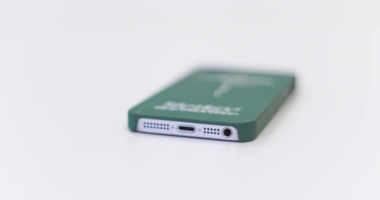
Lunar ice
Some of the CubeSats will focus on lunar ice, which researchers have been curious about ever since they discovered a signal from Nasa’s Lunar Prospector suggestive of water on the Moon in the late 1990s.
If the Moon has enough water, it could be used for agriculture and life support, or the water can be split into hydrogen and oxygen for rocket propellant, the outlet reported.
“That will be more economical than bringing it from Earth,” Hannah Sargeant, a planetary scientist at the University of Central Florida, said.
The Lunar Polar Hydrogen Mapper (LunaH Map), a CubeSat led by Hardgrove, will try to map out excess hydrogen with a resolution of 20 to 30 kilometers, about twice as good as the Lunar Prospector.
One satellite, Lunar IceCube, is planned to carry a spectrometer that can detect the infrared fingerprints of either water or hydroxyl on the mission.









